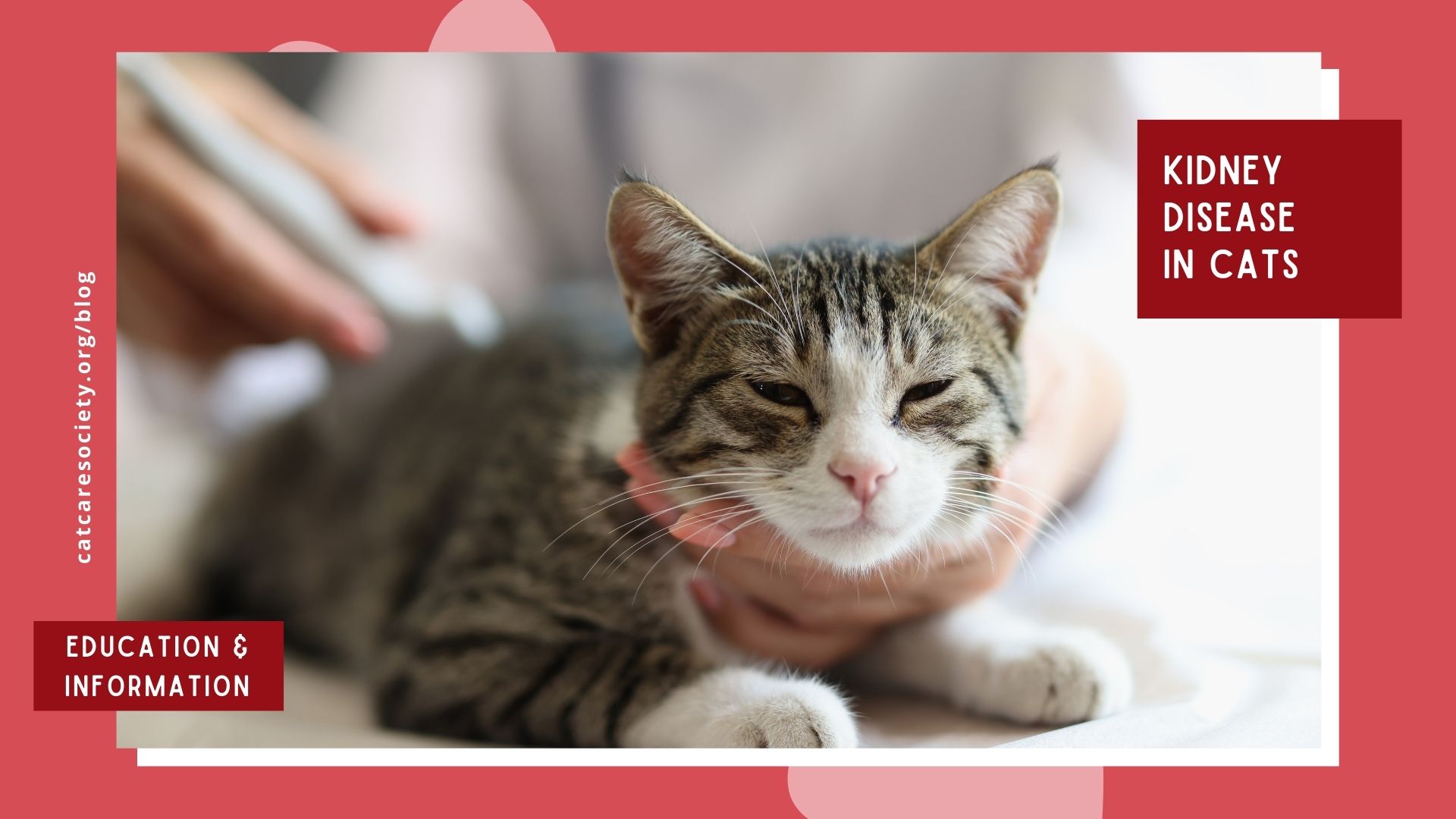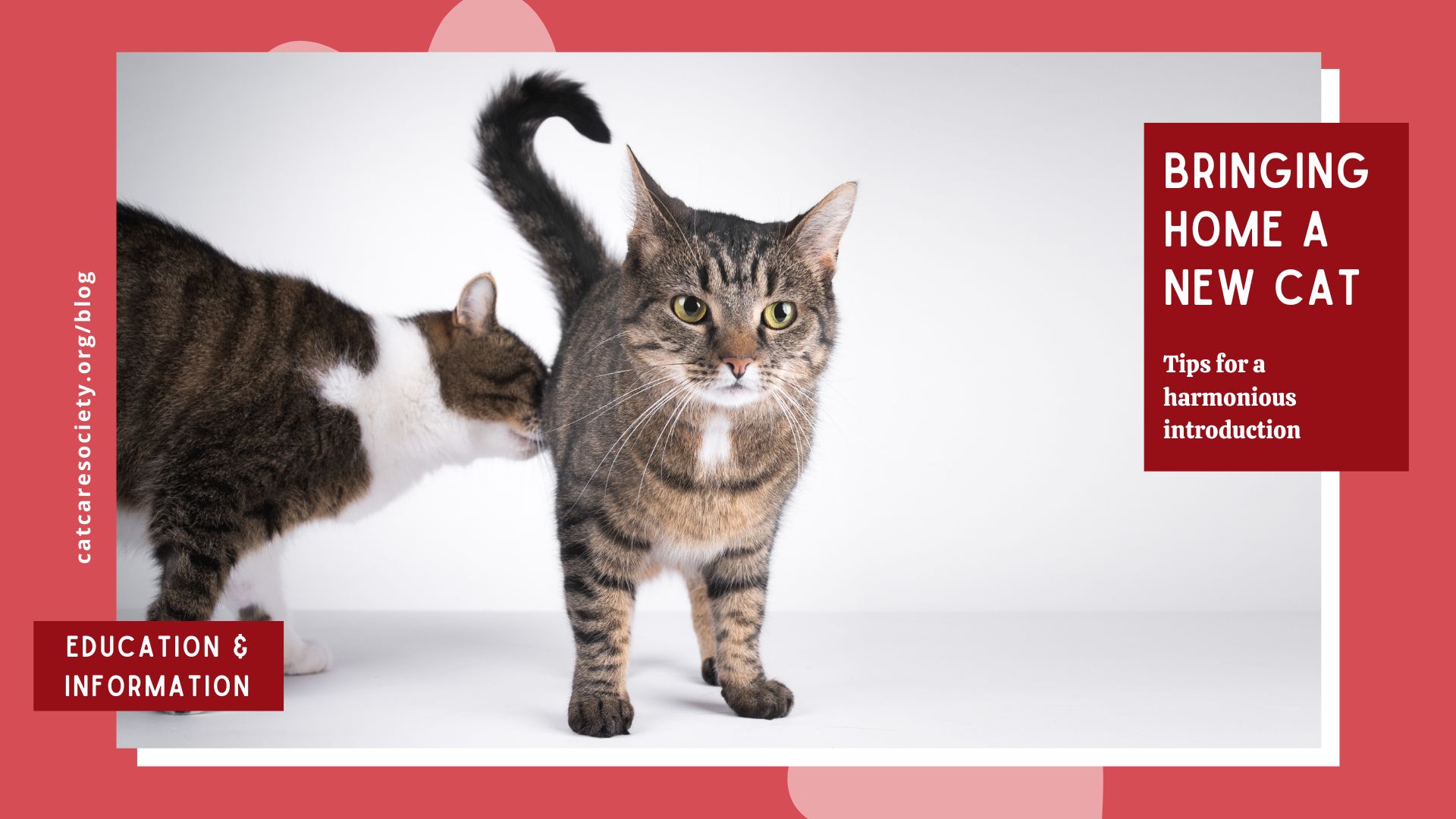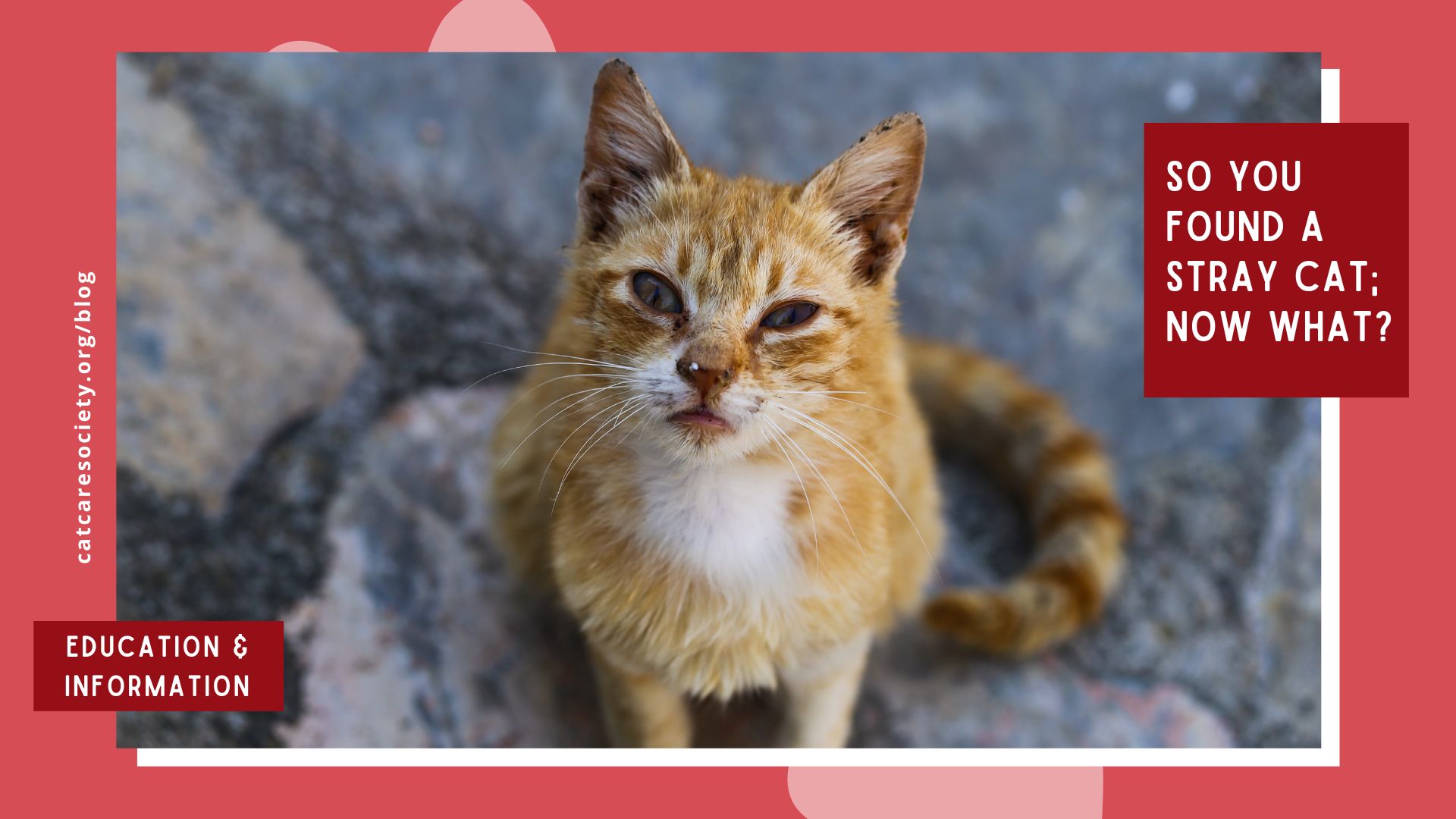Kidney disease, also known as chronic kidney disease (CKD), affects a significant portion of aging cats. It’s estimated that CKD impacts 30-40% of cats over the age of 10 and 81% of cats over 15. While there is no cure for it, fortunately, early detection and proper management can significantly improve their quality of life. Here, we will explore the prevalence of kidney disease in cats, why it’s so common and ways it can be managed.
First, let’s distinguish between chronic kidney disease (CKD) and acute kidney injury (AKI). CKD develops gradually over time, and is a degenerative, progressive condition. AKI is a sudden and severe decline in kidney function, often triggered by specific events like toxins or infections. AKI requires immediate veterinary attention and involves a different treatment plan compared to cats with CKD.
Why is CKD Common in Cats?
Just like a water filter keeps your home’s water clean, healthy kidneys act as your cat’s internal filtration system. As they age, these filters can become less efficient, leading to a buildup of waste products in the bloodstream. Kidney disease progresses through four stages, each indicating the level of kidney function remaining. Early detection and proactive care are essential for supporting kidney health and preserving function for as long as possible.
While the exact reasons behind the high prevalence of CKD in cats are still being explored, here are some contributing factors:
- Age: Similar to humans, cats experience a decline in organ function as they get older, making them more susceptible to kidney issues.
- Hydration: Cats are naturally less inclined to drink water, and chronic dehydration can put extra stress on their kidneys.
- Diet: While domestic cats have adapted to wider food choices, their natural diet in the wild is high in moisture and protein, which some commercially available cat foods might not perfectly replicate.
- Congenital anomalies or disorders: Some cats have genetics that cause kidney issues from birth, while others that have FIV or FeLV may get diagnosed with congenital kidney disorders like renal dysplasia or polycystic kidney disease.
Purebred cats tend to be more susceptible to CKD because of genetic components, but most all cats over the age of 10 will develop some extent of CKD.
Early Detection is Key
The good news is that with early detection, managing kidney disease becomes significantly easier.
What signs should you watch for that may indicate kidney disease?
- Poor hair quality: Excess potassium loss from urine and/or inadequate intake or absorption of nutrients can lead to an unhealthy coat.
- Halitosis (bad breath): This is a result of waste accumulating in the bloodstream, and it usually has an ammonia smell.
- Increased thirst and urination: This might seem counterintuitive, but cats with kidney problems may drink more to compensate for fluid loss. The kidneys compensate for decreased function by processing less waste and excreting it in a higher volume of fluid.
- Weight loss: Cats with CKD may experience weight loss even if their appetite seems normal. This can be a sign of the body struggling to absorb nutrients properly. Additionally, cats with CKD may also lose their appetite or become pickier eaters.
- Lethargy and reduced activity: A usually playful kitty might become less interested in their favorite toys or activities.
- Changes in litter box habits: Accidents outside the litter box can indicate discomfort or an inability to hold their urine as they’ve increased their intake.
Want more cat content in your inbox?
Cute cat pics, advice and CCS events and updates await in our weekly(ish) Mewsletter.
Diagnosing CKD
Having just one of the symptoms listed above doesn’t necessarily mean your cat has CKD. Your veterinarian will perform a comprehensive physical examination and run blood and urine tests to rule out other issues such as UTI, diabetes and crystalluria (crystals in urine made up of minerals and other substances that join together rather than staying dissolved). In some cases, an X-ray or ultrasound might also be necessary for a definitive diagnosis.
If your cat is diagnosed with CKD, your vet will be able to tell you how far along the condition has progressed within four stages:
- Stage 1: Less than 66% of kidney function has been lost (not many symptoms may be seen at this stage)
- Stage 2: 66-75% of kidney function has been lost
- Stage 3: 76-90% of kidney function has been lost
- Stage 4: 90% of kidney function has been lost
“Usually, two-thirds of kidney function is gone by the time it shows up on bloodwork,” CCS’ Lead Vet Dr. Cecily Palamara said. “If we’re not seeing it, we know it doesn’t necessarily mean a cat doesn’t have it. Cats can compensate for it for a long time.”
You can learn more about the stages of CKD from the International Renal Interest Society. Blood work analysis is a crucial part of diagnosing kidney disease and tracking its progression. If you’d like more information on what blood work is necessary and what it means, check out the Cat Manny’s page on CKD.
Managing CKD at Home
While there’s no cure for kidney disease, there are several things you can do to help manage it and improve your cat’s quality of life:
- Dietary adjustments: Your veterinarian can recommend a special kidney-friendly diet, sometimes called a renal diet, formulated to manage sodium, phosphorus and protein levels while promoting overall health.
- Hydration encouragement: Consider water fountains or adding flavoring to water to entice your cat to drink more. Incorporating approved wet food will also increase hydration. Your vet may also recommend subcutaneous fluids if your cat is struggling to maintain adequate hydration.
- Medication and supplements: Recommendations for medication and supplements will vary depending on the cat’s health status and bloodwork, but may include phosphorus binders, blood-pressure lowering drugs, B vitamins, potassium supplements, and/or anemia treatment.
- Regular veterinary checkups: These allow your veterinarian to monitor your cat’s progress and adjust treatment plans as needed. Your vet can also prescribe medications and supplements to help with appetite, gastrointestinal symptoms, hydration, and any stress your cat may be experiencing.
How Cat Care Society (CCS) Manages CKD in Shelter Cats
Managing chronic kidney disease in shelter cats presents unique challenges compared to home settings, such as providing special diets and working with limited space and resources.
Dr. Palamara shared the approach she and her team take to support these cats. “We really have kind of a breadth of treatment and a very wide approach,” she said. “The main goal with the approach to our kidney cats is, how do we maintain and lengthen their quality of life for the time that they’re with us? How do we decrease the amount of time that they’re with us? And what’s their fastest path to adoption? That can mean different things for different cats.”
The shelter medical team focuses on addressing side effects, maximizing hydration, keeping the cats on canned food because it has a higher water content, and providing individualized treatment plans while working within the limits of the shelter environment. For cats who struggle to get enough water, they provide subcutaneous fluids. They put cats on special renal diets when needed, but they have to be mindful of space, because those cats need to live in a separate room away from the rest of the cats on a regular diet.
Mineral management in kidney cats is also important. If phosphorus gets too high, it can be very toxic to the kidneys. There is a special medication that can be added to food to help lower phosphorus, but many cats don’t like it. Kidney cats are also prone to low potassium, which can cause weakness, but supplementation can help.
The team uses a unique approach for cats with anemia associated with CKD. They administer a newer FDA-approved medication for anemia secondary to kidney disease in cats, and it has been very successful. It’s a more expensive treatment and is reserved for when anemia is affecting the cat’s quality of life.
Tailoring treatment to each cat’s individual needs helps them feel their best and thrive in their new homes after adoption.
Identifying and Treating Acute Kidney Injury (AKI)
Acute Kidney Injury (AKI), also known as acute renal failure, occurs when a cat’s kidneys abruptly lose their ability to function. This is a life-threatening condition that can lead to severe dehydration, rapid accumulation of waste products in the bloodstream, electrolyte imbalances and changes in blood acidity levels.
Common causes include:
- Exposure to or ingestion of toxins (rat poison, human medications, certain plants, especially lilies, antifreeze, snake bites, heavy metals, insecticides, certain foods, etc.)
- Physical trauma, heatstroke or burns
- Underlying medical conditions like liver failure, congestive heart failure, clotting disorders and infections, often triggered by extra stress and inflammation on the body
- Kidney infections, known as pyelonephritis, especially in pets already diagnosed with CKD
The symptoms of AKI are similar to CKD and can also include vision loss, drooling and seizures. If your cat exhibits any of these signs, take them to the vet immediately.
Final Takeaways
Although CKD is a serious condition, with proper home management and veterinary care, many cats with CKD can lead happy and fulfilling lives for years. Numerous resources are available to support you in navigating your cat’s CKD journey. We recommend exploring VCA Animal Hospitals’ extensive articles on kidney health and cats for additional information. If you have any concerns about your cat’s health, including potential AKI, do not hesitate to discuss them with your veterinarian. You can find low-cost and emergency care options on our Resources page. Remember, early detection and consistent management can help your cat feel their best!
About the Author: Beth Dokolasa is a volunteer for Cat Care Society and served on the organization’s junior board. She is an instructional developer for Natural Grocers and lives in Indian Hills, Colo., with her husband, young daughter, and two cats, Techno and Digit.




